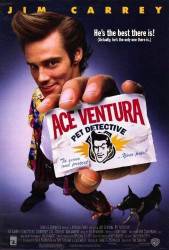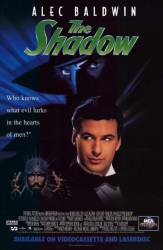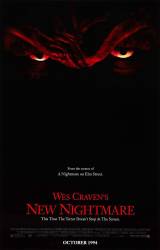
Factual error: Near the end of the film, after Ditch and Krista use the reserve parachute, they fall in a windfarm. The windmills are spinning fairly slowly. After the fight Ditch pulls Pinkwater's parachute out. The wind pulls Pinkwater back towards the fan. Before he gets chopped up there is a shot of the fan blades spinning very fast and powerfully. A light breeze would not cause these blades to spin in this fashion. A hurricane would be needed for those blades to chop up a human.

Factual error: When Snowflake is being stolen at the beginning, he makes the high-pitched noise that dolphins make even when he is out of the tank; those high peals are made underwater through carrying sound. He wouldn't sound the same out of the water as he did under it.

Factual error: When Mark and Reggie are fighting over whether or not to go to New Orleans, Mark starts walking toward the Memphis-Arkansas Bridge. There would be no need to cross that bridge as New Orleans is due south on Interstate 55. The Memphis-Arkansas Bridge is Interstate 40 and goes to Little Rock, AR or north to St. Louis.

Factual error: While hanging from the top of the Empire State Building, the sailor looks straight down the side of the building, which is shown to be flat. This is wrong. From the observation deck, there is another level that sticks out below, where the lights that shine upwards are stored.

Factual error: When Dylan wakes up in the hospital, under a plastic tent, we hear the iconic "flat-lining" sound of a heart monitor. Dylan then removes the clamp from his finger and the sound stops. The clamp is an oximeter, a device that measures blood oxygen concentration. The wires going under his shirt are the heart monitor. The sound should not have stopped. (01:12:42)

Factual error: In the beginning of the movie, Dr. Bob Moore falls through the glass doors of his office and is impaled with the glass. This would never have happened. It is federal law that safety glass is used in all entry doors. The glass would have to have been made of tempered glass, which breaks into tiny pieces like a car window, or laminated glass which will crack and bend but stay intact like a car windshield, or of wire glass, which will act similar to laminated glass. None of these was used. A plain standard plate glass was used instead.